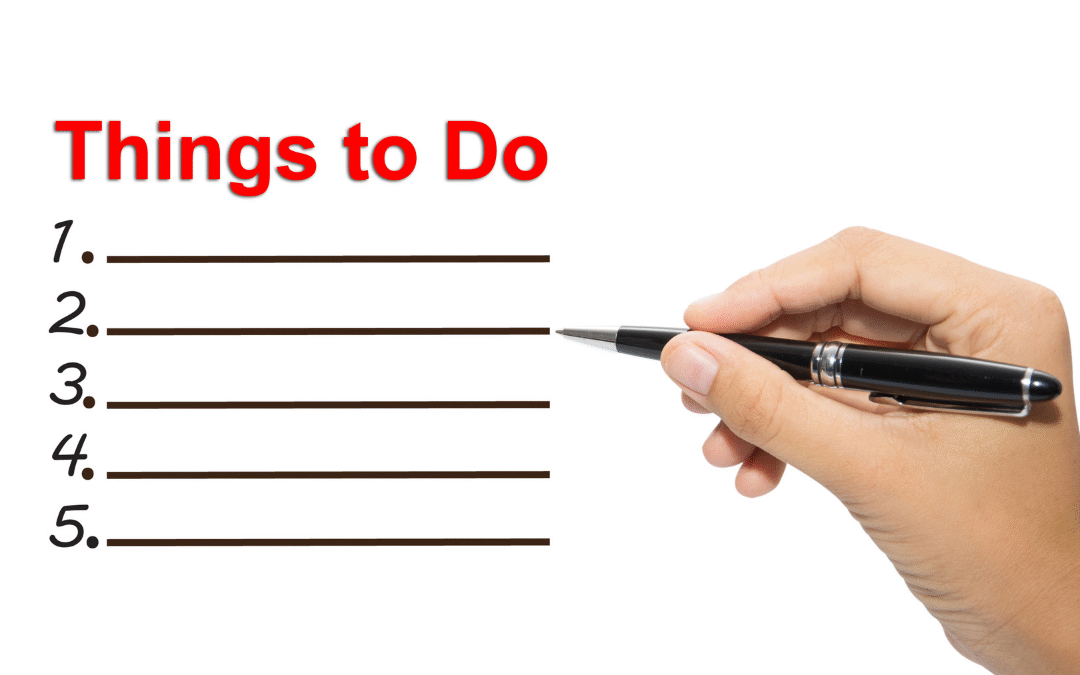It’s fascinating to explore the journeys of famous Indian authors who took the bold step of self-publishing their work. In this blog post, I’ll share inspiring stories of writers like you and me who transformed their passion for storytelling into successful careers. By delving into their experiences, I hope to ignite your creative spirit and perhaps encourage you to consider self-publishing as a viable option for your own literary dreams. Let’s celebrate the triumphs of these remarkable authors together!
Key Takeaways:
- Self-publishing has served as a stepping stone for many renowned Indian authors, allowing them to gain visibility and reach audiences without traditional publishing barriers.
- Indian authors like Ruskin Bond and Amish Tripathi leveraged self-publishing to share their unique stories, illustrating the diverse voices within Indian literature.
- The rise of digital platforms has empowered aspiring writers in India, enabling them to publish their works and connect with readers directly, leading to successful literary careers.
The Bold Beginnings of Self-Publishing in India
Self-publishing in India has seen a remarkable evolution, driven by the passion of writers aiming to break free from traditional publishing constraints. In a landscape where literary aspirations often met with rejection, self-publishing offered a lifeline—an opportunity for authors to share their narratives without gatekeepers. This movement sparked creativity and dared writers to explore complex themes and distinct voices, leading to a richer tapestry of Indian literature.
Historical Context: The Rise of Independent Voices
The early days of Indian self-publishing were marked by voices rebelling against established norms and censorship. With the literary scene dominated by a few publishing houses, independent authors began to utilize print-on-demand services and digital platforms, aiming to share their unique perspectives. This shift was vital for marginalized communities and individuals, promoting diverse storytelling and cultural representation in literature.
Self-Publishing Trends: Evolution and Impact on Literature
Over the years, self-publishing has transformed dramatically, positioned as both a viable alternative for emerging writers and a catalyst for new literary movements. The rise of online platforms such as Amazon Kindle Direct Publishing and various social media channels has lowered the barriers to entry, enabling authors to launch their works with a few clicks. Data suggests that around 50% of self-published eBooks on Amazon are authored by first-time writers, reflecting a growing trend towards diversity and experimentation in storytelling.
This evolution in self-publishing trends has significantly impacted literature while paving the way for unique voices to emerge. Writers can access a global audience, representing their culture, beliefs, and personal experiences like never before. On platforms, genres have also exploded; niche categories such as urban fiction and regional storytelling are now thriving. I’ve seen firsthand how self-publishing empowers authors to not only fulfill their creative ambitions but also connect with readers craving authenticity, leading to a dynamic and inclusive literary landscape.
Trailblazers in the Indian Self-Publishing Scene
Indian writers have increasingly embraced self-publishing, carving out distinct paths to success. The landscape has evolved, allowing authors to connect directly with readers, bypassing traditional publishing barriers. Pioneers in this movement have transformed the industry, making their mark not only in literature but also in redefining how books are distributed and marketed in the country.
Meet the Authors: Notable Self-Publishing Success Stories
Among the notable names are authors like Taran Matharu and Anuja Chauhan, who have achieved remarkable success through self-publishing. Their stories inspire many aspiring writers, proving that with determination and creativity, you can share your voice with the world. Both have built substantial fan bases, with Matharu’s “Summoner” series gaining international recognition, reflecting a new era for Indian literature.
The Genres that Thrive: Fiction, Non-Fiction, and Beyond
Diverse genres flourish in the self-publishing space, with fiction and non-fiction leading the charge. Authors are experimenting with romance, thrillers, and self-help, resonating with varied audiences. This freedom to explore different genres has empowered writers to authentically tell their stories, breaking traditional molds and proving that not all success stories come from the conventional route.
Fiction continues to dominate the self-publishing arena, from heart-wrenching romances to nail-biting thrillers, while non-fiction offers valuable insights into personal development, health, and entrepreneurship. E-books and audiobooks have made these genres accessible globally, as authors experiment with formats and styles to engage readers. I’ve seen inspiring works that bridge cultural gaps, offering unique perspectives that might have been overlooked in mainstream publishing. As you’ve probably noticed, this vibrant diversity in genres is painting a richer picture of Indian literature and opening doors for countless untold stories.
Why Self-Publishing was a Game-Changer
Self-publishing reshaped the literary landscape, offering writers an alternative path to share their stories without the constraints of traditional publishing. It democratized the publishing process, allowing more voices to emerge and making it easier for diverse narratives to reach readers across India and beyond. This shift not only reduced the time from manuscript to market but also empowered authors to maintain complete creative control, ultimately leading to the rise of many successful self-published Indian authors.
Overcoming Traditional Barriers: The Author’s Perspective
Self-publishing dismantles the gatekeeping typically associated with traditional publishing houses, allowing authors to bypass the lengthy querying and rejection process. By embracing this new model, I found the freedom to craft my narrative without external interference, enabling true artistic expression. The direct relationship with readers transformed how I approached my writing, as I could engage on platforms where my work would thrive without conventional restrictions.
Financial Freedom: Monetizing Creativity on Your Own Terms
The self-publishing revolution has unlocked financial opportunities previously inaccessible to many authors. I found that by taking control of my publishing journey, I could set my own prices, keep a higher percentage of royalties, and even experiment with marketing strategies that aligned with my vision. This approach allows you to build your brand and connect with readers directly, maximizing your earnings while contributing to the ever-growing indie author landscape.
Through self-publishing, I not only preserved my creative integrity but also significantly increased my income potential. Traditional publishing deals often offer authors a meager 10-15% royalty on book sales, while self-publishing can yield earnings of 70% or more. For instance, savvy self-published authors like Ashwin Sanghi have shared their success stories of earning substantial income through various platforms. I realized this model allowed me to monetize my creativity effectively, enabling me to invest further in my craft and foster my growth as a writer.
Lessons Learned from Self-Published Icons
Insights gained from successful self-published authors reveal practical approaches worth considering. These trailblazers often emphasize perseverance and adaptability, demonstrating that literary ambition doesn’t solely rely on conventional publishing houses. I’ve seen that focusing on your unique voice, and understanding your audience can transform not just your writing journey but your entire career trajectory.
The Importance of Marketing: Strategies that Worked
Successful self-published authors often highlight creative marketing strategies that effectively promoted their work. Leveraging social media platforms, engaging in book fairs, and utilizing email newsletters helped many of them reach a wider audience. For instance, I found that hosting live reading sessions and interactive Q&A opportunities not only showcased my work but also built a community around my writing.
Building an Audience: Engaging Readers in a Digital World
Engaging with readers digitally has become a key factor in an author’s success. I’ve discovered that fostering relationships through social media and author platforms goes a long way. By sharing snippets of my writing, behind-the-scenes processes, and participating in discussions relevant to my genre, I was able to cultivate a loyal readership that extends beyond just my books.
Moreover, I’ve realized that consistency is crucial in building an audience. Regularly posting updates and engaging content keeps readers interested and invested in my journey. Utilizing platforms like Instagram and Twitter not only allows for direct interaction but also provides the opportunity to gauge reader interests. I’ve found that hosting contests, asking for feedback, and even sharing personal stories related to my writing journey has strengthened my connection with my audience, making them feel like integral parts of my literary adventure.
Future Visions: The Next Wave of Self-Published Authors
The landscape of self-publishing is evolving rapidly, and the next generation of authors is poised to rise. With increasing access to digital platforms, aspiring writers can share their voices and stories like never before. This new wave is not just about more books; it’s about a reimagined publishing ecosystem where originality, innovation, and self-expression reign supreme. As barriers diminish, expect to see a surge of diverse voices that challenge existing norms and bring fresh perspectives to readers around the globe.
The Influence of Technology: Innovations Shaping Self-Publishing
Advancements in technology have been game-changers for self-publishing authors. Tools like AI-driven editing software, user-friendly design platforms, and sophisticated marketing algorithms empower you to create professional-quality content without the need for a traditional publisher. Social media channels and blogging platforms allow you to connect directly with your audience, fostering a loyal readership that’s eager to support your work. This tech revolution is not just enhancing the quality of self-published literature but also broadening its reach across the globe.
Cultural Shifts: Embracing Diverse Narratives in Indian Literature
Today’s self-publishing scene in India reflects a vibrant tapestry of cultures and experiences. Authors are more inclined to explore narratives beyond the conventional, unveiling stories from marginalized communities, regional languages, and unique life experiences. This shift is not just a trend but a movement toward inclusivity, as readers crave authenticity and a variety of perspectives. As more writers embrace their heritage and personal stories, Indian literature is enriched with layers that resonate profoundly with audiences, paving the way for an empowered literary future.
This cultural wave is characterized by a growing acceptance of unique narratives that were often sidelined in mainstream literature. Writers from various regions, backgrounds, and even languages are harnessing self-publishing to voice their authentic experiences. A brilliant example is the rise of authors from rural areas who share tales that reflect their local customs, struggles, and triumphs. Such stories not only enrich India’s literary tapestry but also encourage dialogue about identity and belonging, making the literary space in India more relatable and richer than ever before. This diversity in storytelling is paving the way for a more inclusive literary tradition that celebrates the multitude of voices in India.”
Final Words
On the whole, exploring the journeys of famous Indian authors who began their careers with self-publishing truly inspires me. It shows that with passion and determination, you can carve your own path in the literary world. If you’re considering self-publishing, take heart from their stories and believe in your voice. Your unique perspective matters, and who knows? You might be the next author to leave a mark in the literary scene. So, go ahead and unleash your creativity!
FAQ
Q: Who are some famous Indian authors who initially self-published their works?
A: Several renowned Indian authors began their literary journey through self-publishing. Notable examples include Chetan Bhagat, known for his bestselling novels such as “Five Point Someone” and “One Night @ the Call Center.” Another prominent author is Amish Tripathi, whose debut novel “The Immortals of Meluha” was self-published before achieving massive popularity and being picked up by a major publisher. Additionally, the author Durjoy Datta started his writing career with self-published novels, gaining a dedicated following that helped launch his successful literary career.
Q: What motivated these authors to choose self-publishing over traditional publishing?
A: Many authors have cited the desire for creative control and the ability to share their stories without delays commonly associated with traditional publishing. Self-publishing allowed them to maintain their artistic vision and reach audiences quickly. Authors like Chetan Bhagat appreciated the direct connection with their readers through self-publishing platforms. Additionally, the independent route enabled them to experiment with their writing styles and genres, ultimately contributing to their unique voices in the literary landscape.
Q: What challenges did these authors face during their self-publishing journey?
A: Authors who start with self-publishing often encounter numerous challenges. One significant hurdle is the marketing aspect; they must effectively promote their work to reach potential readers without the backing of a traditional publisher. Many authors, including those mentioned, had to learn about branding, social media engagement, and distribution independently. Furthermore, they faced initial skepticism from the literary community, where self-published works were sometimes undervalued. However, through dedication and innovative marketing strategies, they eventually built a loyal readership and gained recognition in the literary world.








